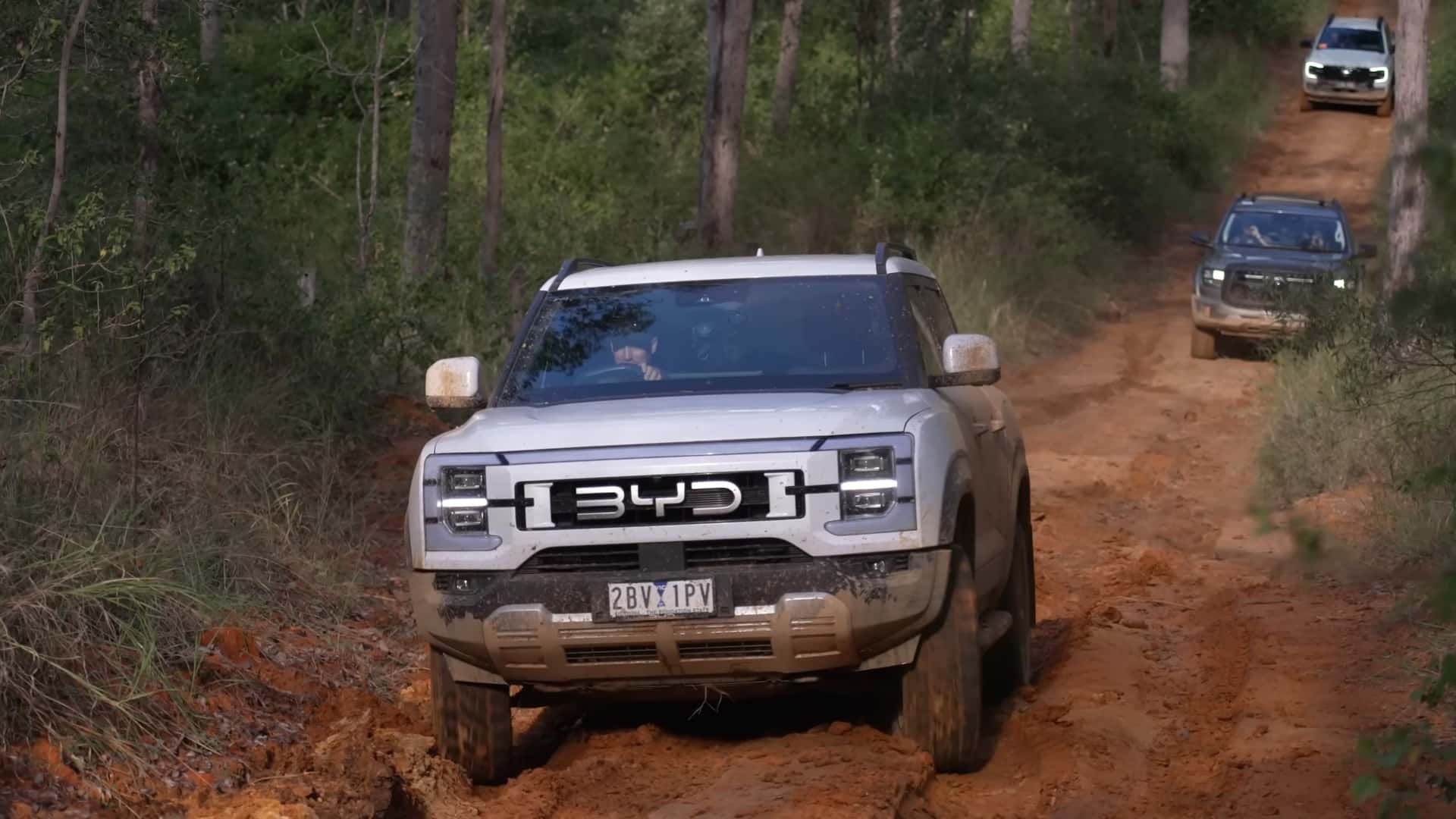The Challenge of Plug-In Hybrid Pickups in the Australian Outback
Plug-in hybrid electric vehicles (PHEVs) are often seen as a bridge between traditional internal combustion engine vehicles and fully electric cars. They promise the benefits of both, including improved fuel efficiency and the ability to drive short distances on electricity alone. However, when it comes to long and demanding trips, especially in remote areas like the Australian outback, PHEVs face significant challenges.
To test how well these vehicles perform in such conditions, three PHEV pickups were driven alongside three diesel rigs across 2,500 miles of rugged terrain. This journey included towing a 5,500-pound trailer, navigating lonely highways, and climbing sandy dunes. The video, created by 4WD 24/7, provides an insightful look at how these vehicles handle real-world scenarios.
Performance on the Road
The PHEVs tested in this adventure included the Chinese-made BYD Shark, GWM Cannon Alpha, and the Ford Ranger PHEV. Each had its own strengths and limitations. The BYD Shark features two electric motors and a 1.5-liter gas engine that can only power the front wheels. It has an all-electric range of 62 miles. The GWM Cannon Alpha, with a larger battery, offers 71 miles of electric range and includes a traditional transfer case with low range and locking differential lockers. The Ford Ranger PHEV, which is available in the U.S., has the smallest battery among the three, providing around 30 miles of electric driving.
During the trip, the BYD Shark struggled with fuel efficiency, achieving only 9.4 miles per gallon after just 108 miles due to the constant need to keep the battery charged. The Ford Ranger PHEV performed slightly better but still fell short of expectations. The GWM Cannon Alpha, despite its larger battery, was the least efficient of the group.
Efficiency in Different Conditions
Without a trailer attached, the PHEVs managed about 16 mpg at highway speeds, which is decent given their weight of over 6,600 pounds. In comparison, the diesel rigs returned between 25 and 14 mpg. On dirt roads at 50 mph, the PHEVs improved slightly, averaging around 23 mpg. The availability of power outlets on some of these trucks also allowed for powering appliances at camp without burning fuel or requiring expensive dual battery setups.
Off-Road Capabilities
When it came to off-road performance, the PHEVs handled sand dunes relatively well, although mud posed more difficulty. The Ford Ranger PHEV stood out for its inability to conquer large dunes, even after multiple attempts. In sandy conditions, the PHEVs averaged between 11.7 and 10.2 mpg, while the diesel rigs achieved between 13.8 and 16.8 mpg.
The Future of PHEVs
The question remains: does it make sense to choose a PHEV pickup over a conventional diesel truck? The answer depends on the specific use case. For those who primarily drive short distances and have access to charging at home, PHEVs can be a practical choice. However, for overlanding and towing, they may not be the best option. The three models tested here faced significant challenges in the outback, suggesting that PHEVs may not yet be ideal for such demanding environments.
Looking ahead, upcoming extended-range EVs from Scout and Ram could offer improvements. These vehicles aim to combine large batteries with powerful engines, potentially making them more suitable for long-distance travel. Until then, the future of PHEVs remains uncertain, and further testing will be needed to determine their viability in challenging conditions.






